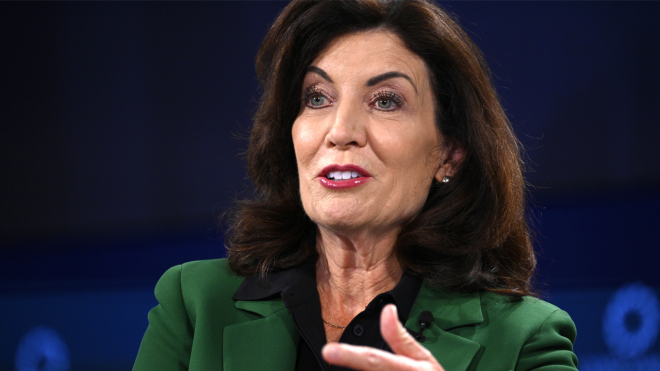In the eastern third of the country, highly uncommon November warmth continued to increase on Friday, with Saturday and Monday high temperatures for millions of people being 20 to 30 degrees above average.
It will feel more like mid-September than the first week of November due to highs in the 60s, 70s, and 80s.
Friday through the weekend could see nearly 20 record highs, but Monday could see up to 40 record highs from the Southeast to New England.
Both the temperatures themselves and the length of the warm spell in November will establish new records.
La Guardia Airport in New York may break records three days in a row (Saturday, Sunday and Monday). It will be one of the warmest New York City Marathons ever on Sunday with highs in the mid-60s to low-70s for the first half of the day. In addition to being warm, the race will also be humid due to high dewpoints and high levels of relative humidity.
Boston is expecting two consecutive days with record high temperatures and four straight days with highs above 70 degrees. If the prediction is accurate, that will be the warmest November week on record in Boston year, as it has only occurred four other times in recorded history.
In the next days, record highs may also be established in Buffalo, New York, Washington, Philadelphia, Atlanta, and other places.
Atlanta is expected to reach the 80-degree mark, and Washington could as well given that Sunday’s and Monday’s high temperatures are currently 78 and 79, respectively.
Climate change can be attributed to the starting warming, which has the potential to cause severe storms.
According to Climate Central, the fall season warms up often across the country.
Since 1970, there has been a virtually uniform increase in fall temperatures of 2.7 °F across the continental United States.
A potential severe weather outbreak across portions of the central and southern Plains, extending to the Gulf Coast, is anticipated to be fueled by the warmth on Friday.
On Friday, severe thunderstorms with very large hail (the size of a baseball or greater), damaging wind gusts, and several tornadoes, some of which may be violent, are expected to affect about 28 million people.
Numerous major metropolises, including Little Rock, Arkansas and Shreveport, Louisiana, as well as Oklahoma City, Dallas, Austin, Houston, and San Antonio in Texas, are included in the general risk region.
The threat will increase because the heavy storms will begin on Friday afternoon and last into the night.
The region with the highest danger of tornadoes is from southeast Oklahoma along with the I-35 corridor and just east of Austin. The Dallas metro area, particularly the eastern part of the metro, is included in the higher end tornado danger.
Tornadoes that occur at night are a serious worry. Due to individuals sleeping and not getting warnings, as well as decreased visibility, nighttime tornadoes are 2.5 times more likely to be lethal than their daytime counterparts.
Strong storms could hit places like New Orleans, Jackson, Mississippi, and Mobile, Alabama, as the storm system moves eastward on Saturday. Less severe weather is anticipated than on Friday.
The fall season is characterized by frequent severe thunderstorms; October and November are regarded as the “second season” for severe weather, with Spring being the first.













